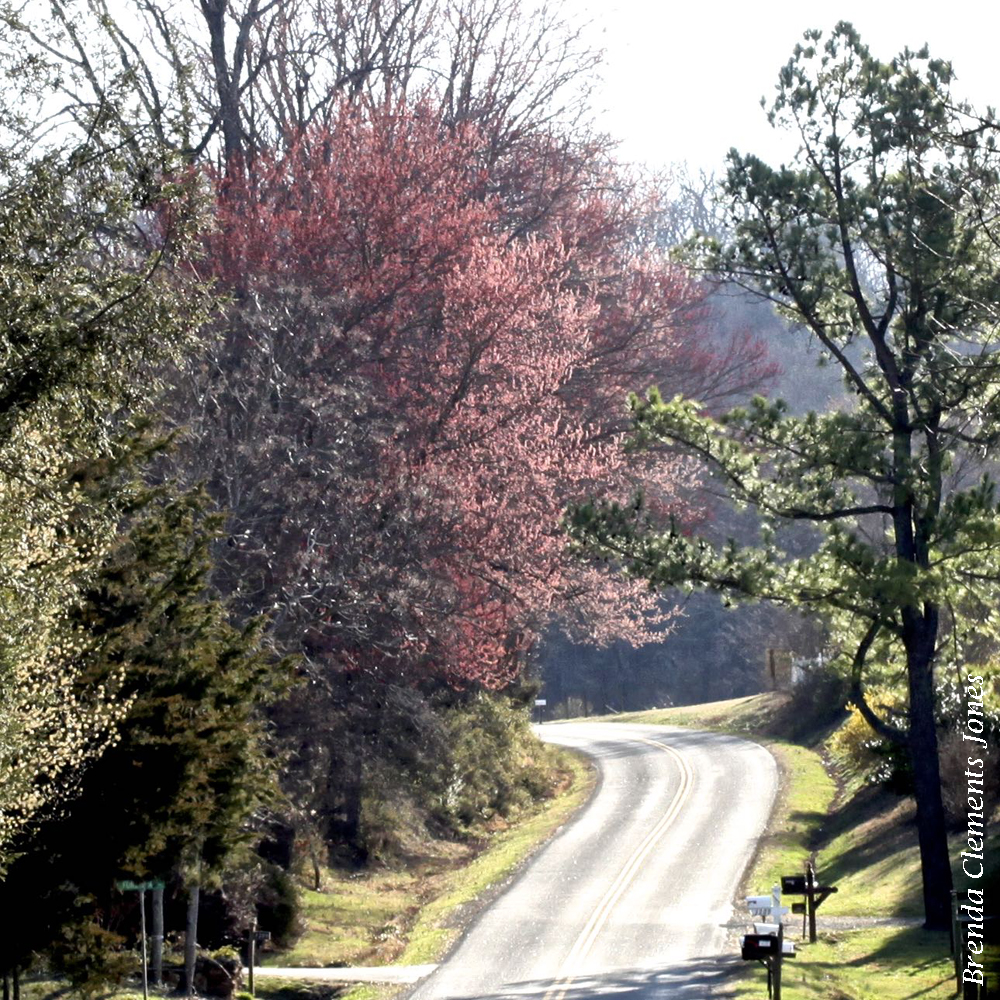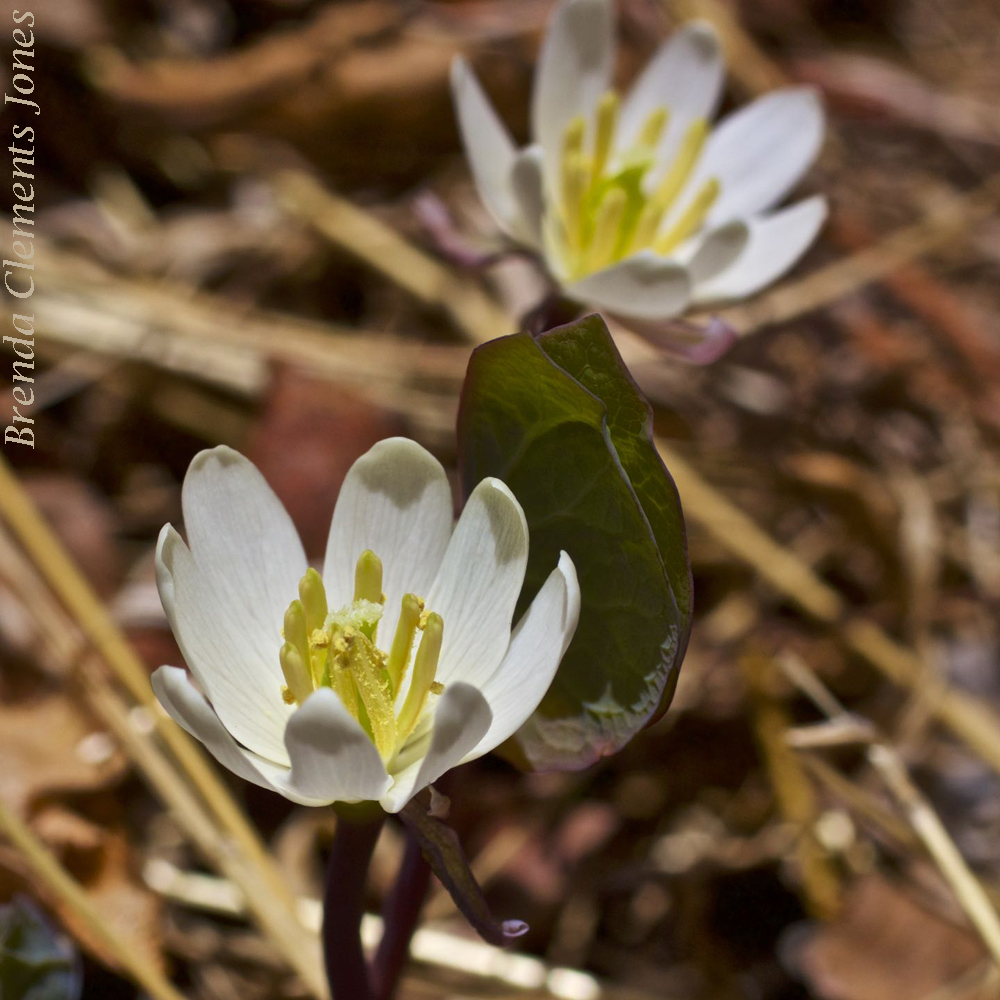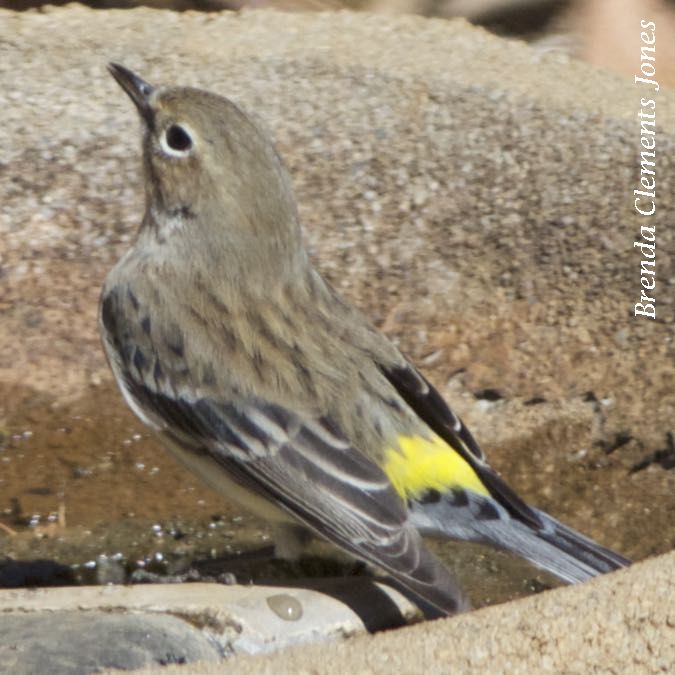-
Goldfinch Still in Winter Attire

In the past few weeks I’ve been seeing a few Goldfinches (Spinus tristis) coming to my feeders. They return for the seeds that I put out, hulled sunflower seed and nyjer seed. They’re dressed in their winter garb. Males hardly recognizable without their brilliant yellow body feathers, and trademark, rich black foreheads. In the next…
-
First of the Green and Gold

This is what they’ll look like come May, but now just a single minuscule speck of yellow nestled in the green. The first hint I’ve seen of a Green and Gold (Chrysogonum virginianum) bloom this spring. These plants don’t grow tall but do spread out nicely. Don’t be concerned though, their growth is not aggressive.…
-
Overwintering as an Adult

While most butterflies overwinter as eggs or pupae, there are a few including this one, the Eastern Comma (Polygonia comma) that overwinter as adults. They wedge themselves in crevices in trees, behind loose bark, or under loose shingles away from the worst of winter. You’ll see them out on trails on warm sunny days during…
-
Sunflowers for Ukraine

My heart goes out to Ukraine. The news all day long is so devastating. So insane. The national flower of Ukraine is the Sunflower. A flower that symbolizes happiness, optimism, honesty, longevity, peace, admiration, and devotion. It’s believed that Sunflowers were planted and grown as a crop by American Indians in what is now New…
-
Maples in Bloom

Early March, meteorological spring and things are just beginning to stir. Flowers? Not many, certainly not many of the native sort but a few. The Maples (Acer) in the lower elevations are acknowledging that spring is here. Maple blooms are something that you’ve got to be aware of, or something that you’ve got to look…
-
Indian Paintbrush

Zion National Park, easily one of my favorite national parks. And in that park, rooted in a crevice in an incredible soaring rock wall, an Indian Paintbrush (Castilleja coccinea) showing what determination can accomplish.
-
Meteorological Spring

Ah, the change of seasons. How I love the change. How boring it would be if we only had one season. And now the beginning of meteorological spring. Soon flowers will be bursting forth with a cacophony of color. What a change from the impressive, black and white/pen and ink drawing, landscape of winter. One…
-
Today at the Birdbath

Yellow-rumped Warbler (Setophaga coronata), a winter visitor. I don’t see them at the feeders. Sunflower seeds, jelly, raisins, suet, and peanut butter are said to attract them but here on the mountain I am having no luck except with the bird bath. I sure am glad they enjoy that. The Yellow-rumped Warblers do eat berries…
-
Pileated Woodpecker

Well THAT certainly was strange. The poor Pileated Woodpecker (Dryocopus pileatus) trapped between the glass of the window and the screen which he has just crashed through. This afternoon we were in the living room when we heard a very loud thump. We immediately went to the porch, knowing that sound. The thump of a…
-
Colorado Blue Spruce

A little bird, a Phoebe (Sayornis phoebe), sits atop a Colorado Blue Spruce (Picea pungens) as if it were the tree topper on a Christmas tree, trying to ask you, “What is YOUR favorite Christmas tree?” I’m a very visual person so my choice of Christmas tree depends entirely on how it looks. Soft needles…
